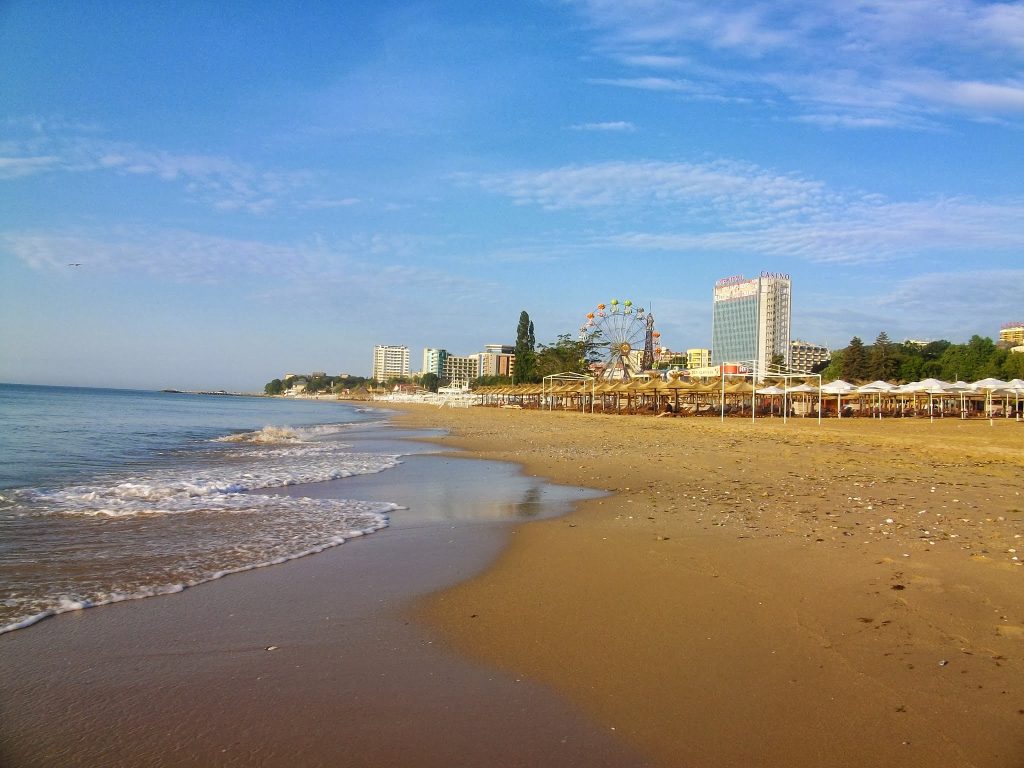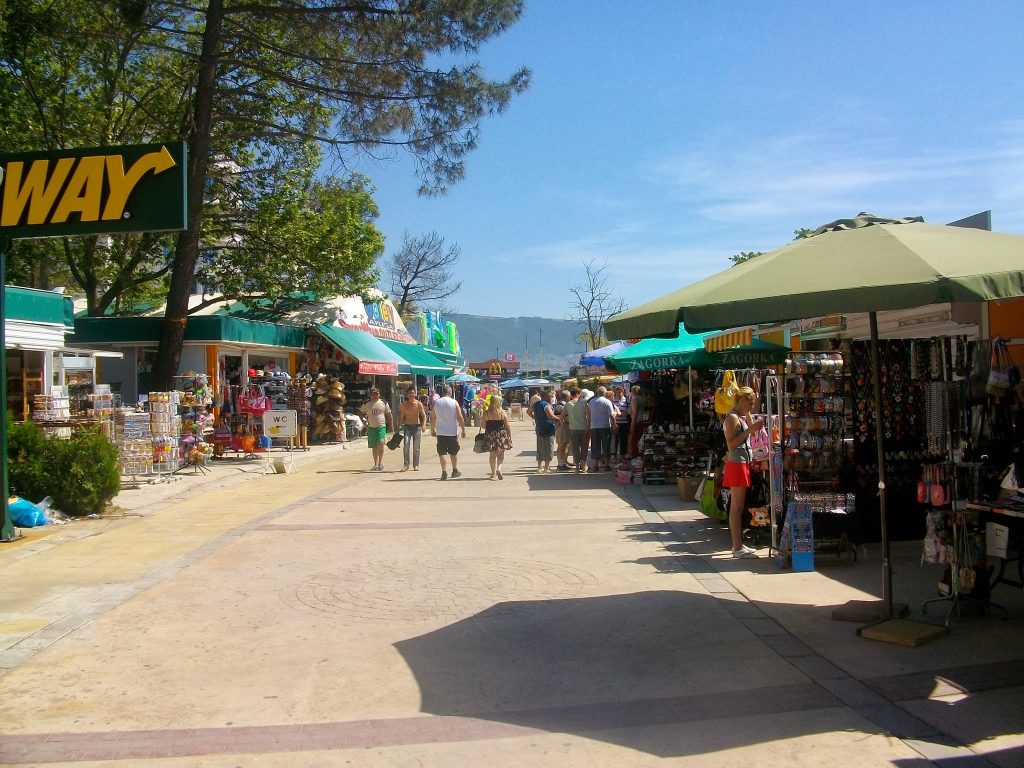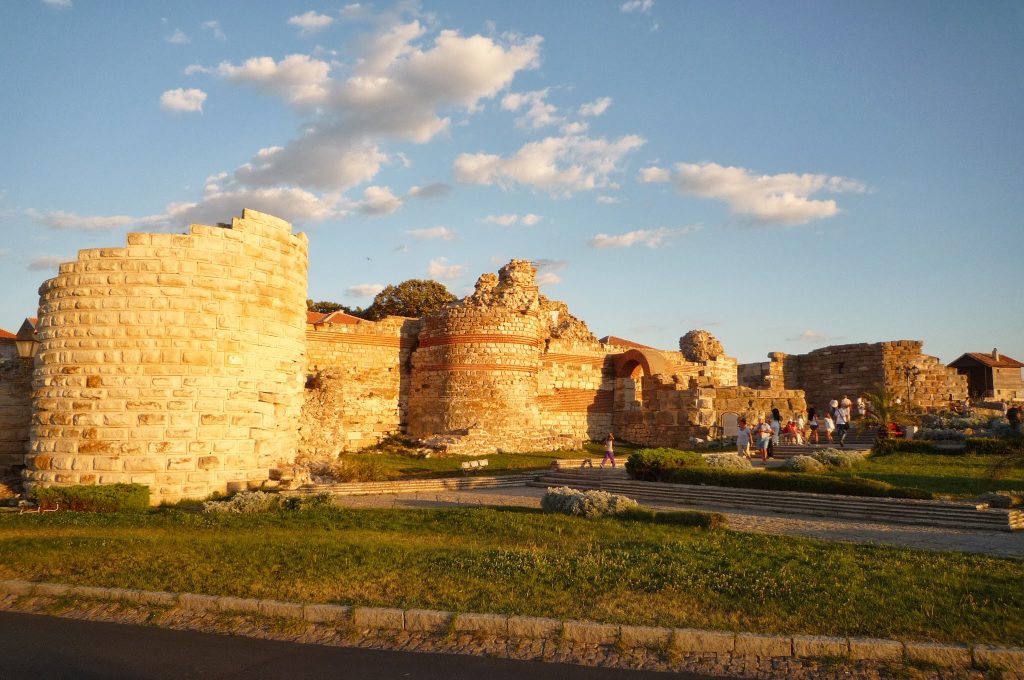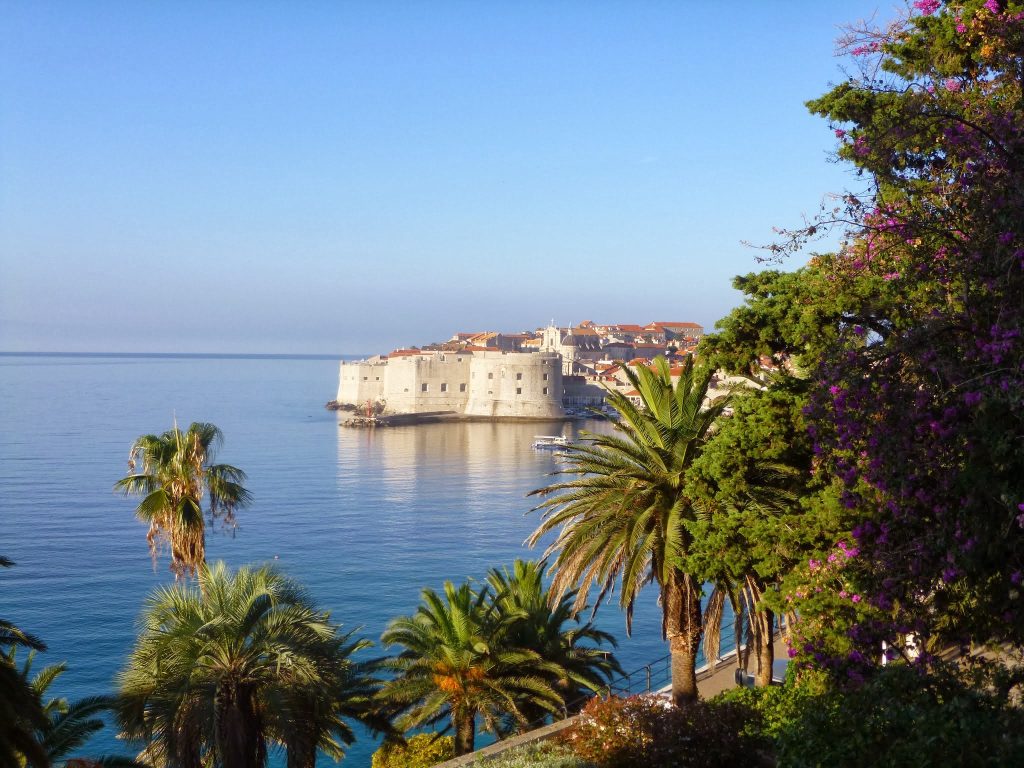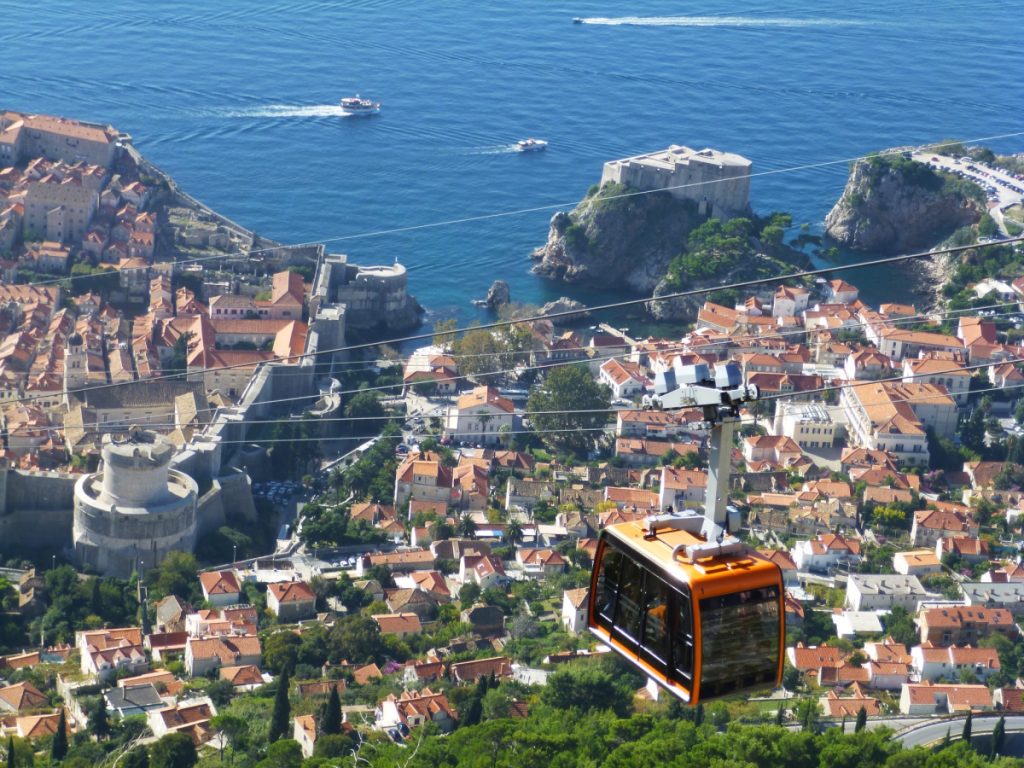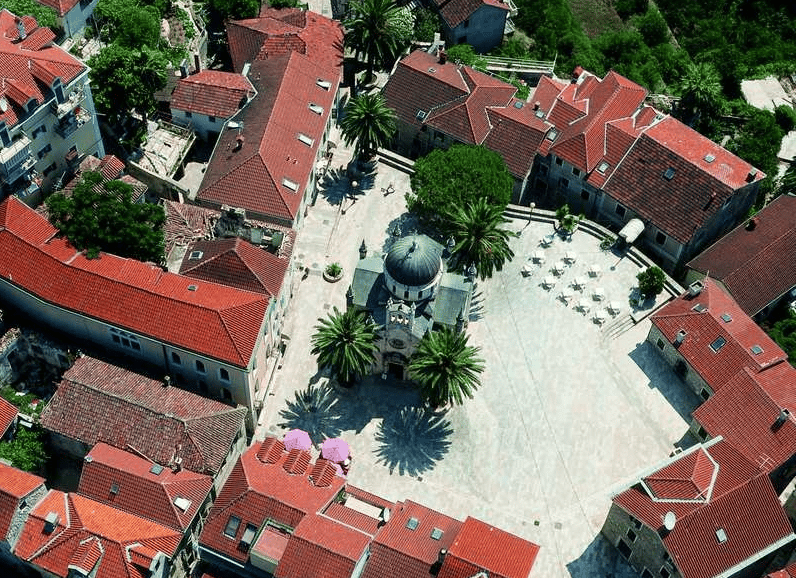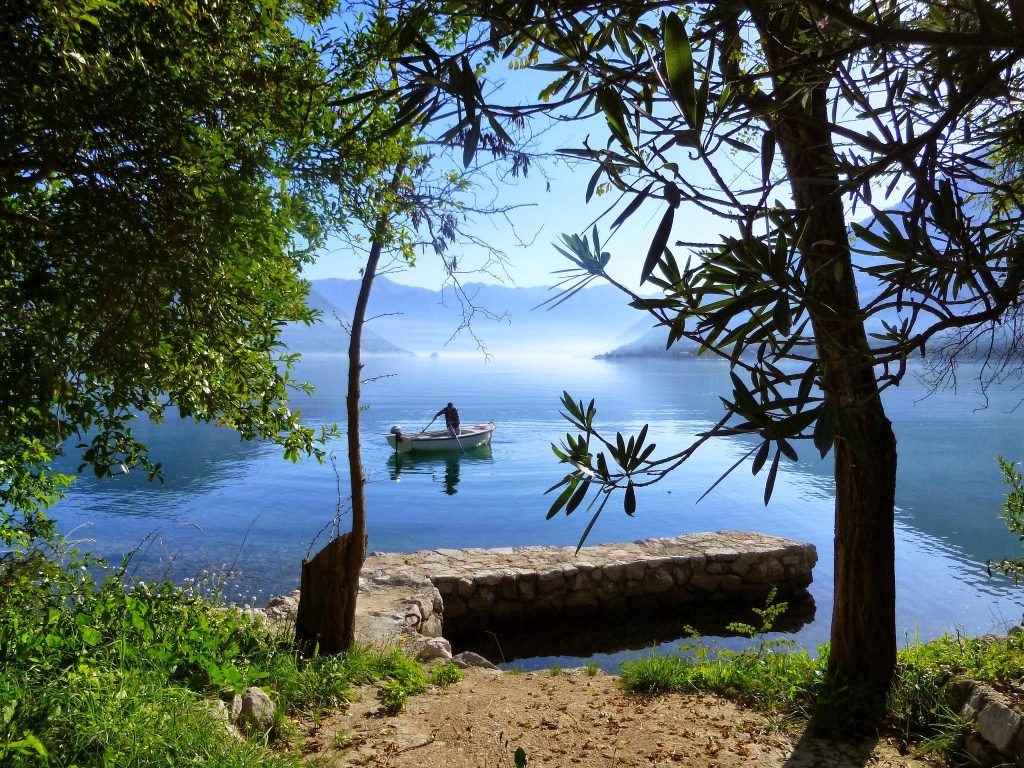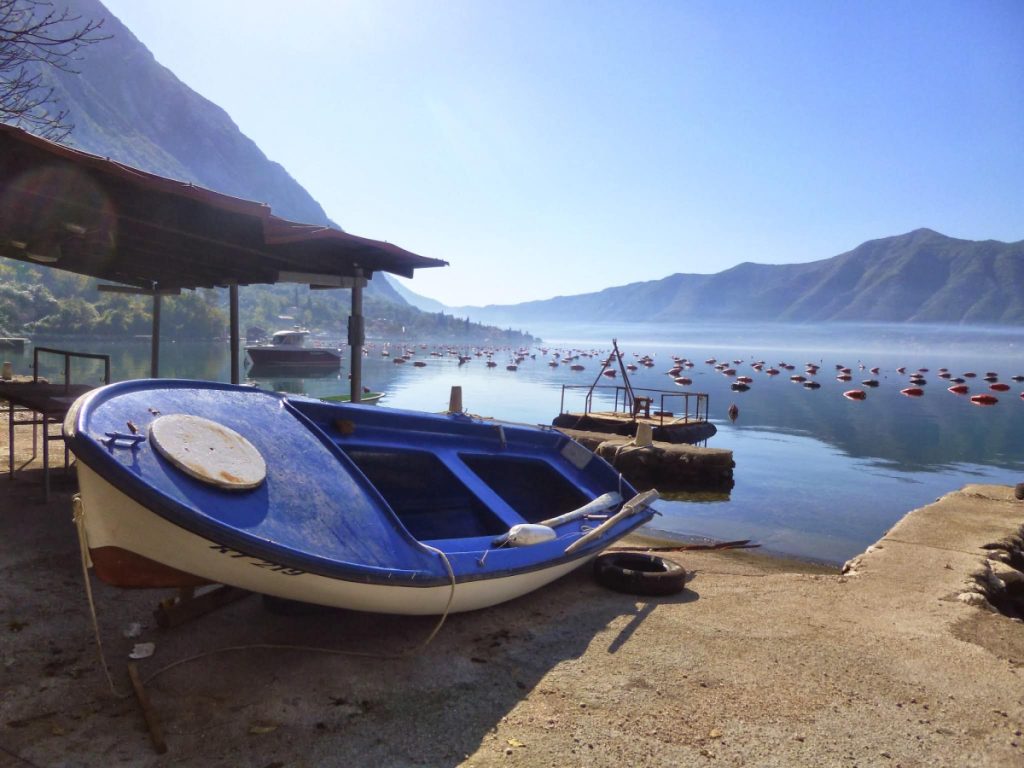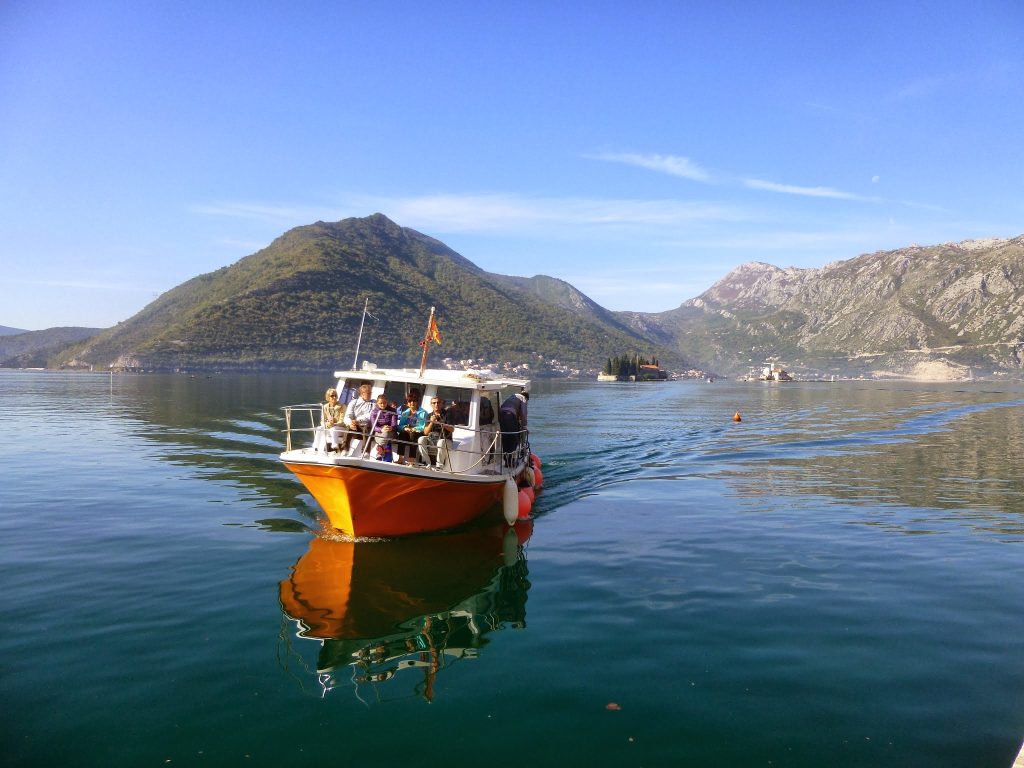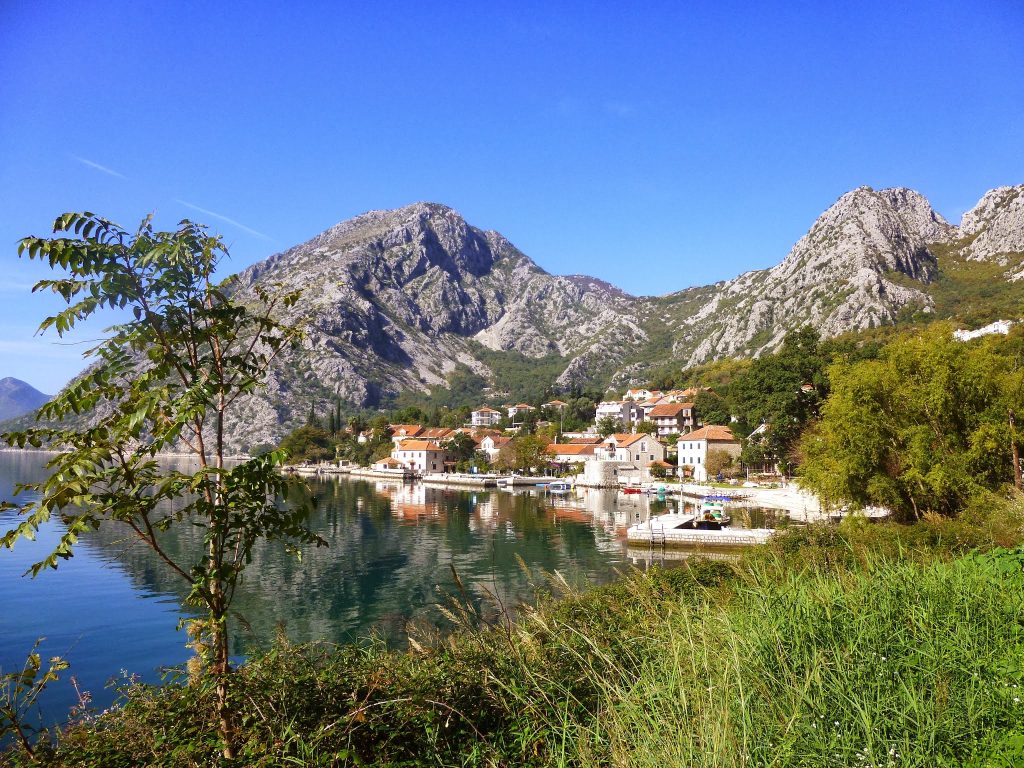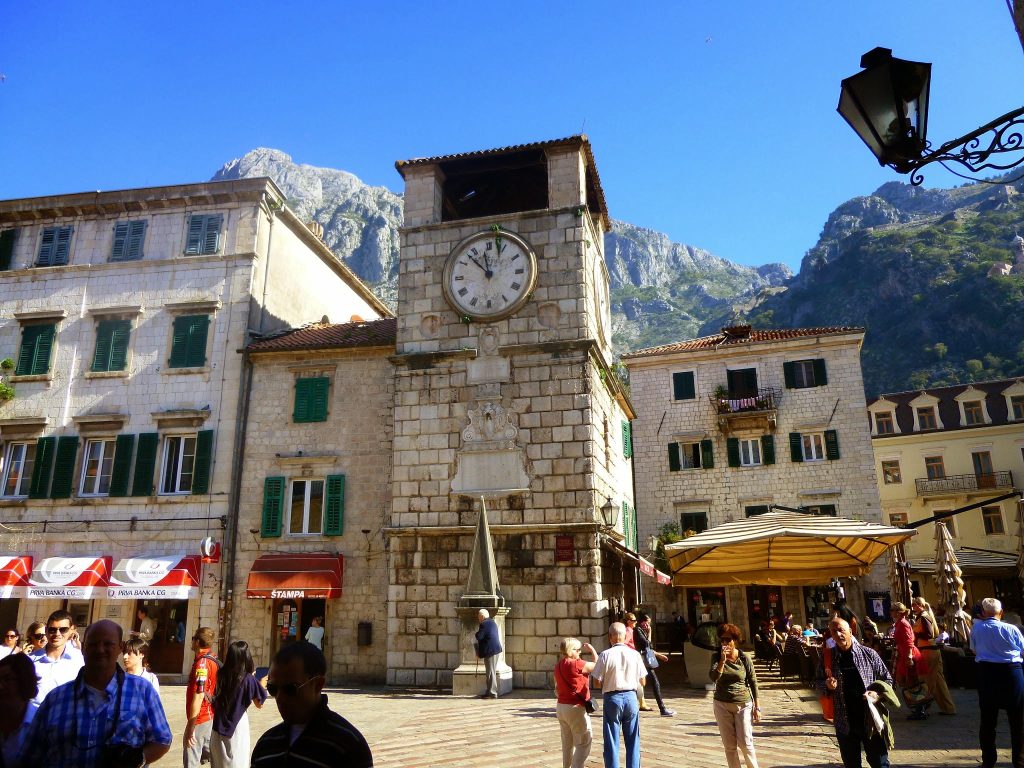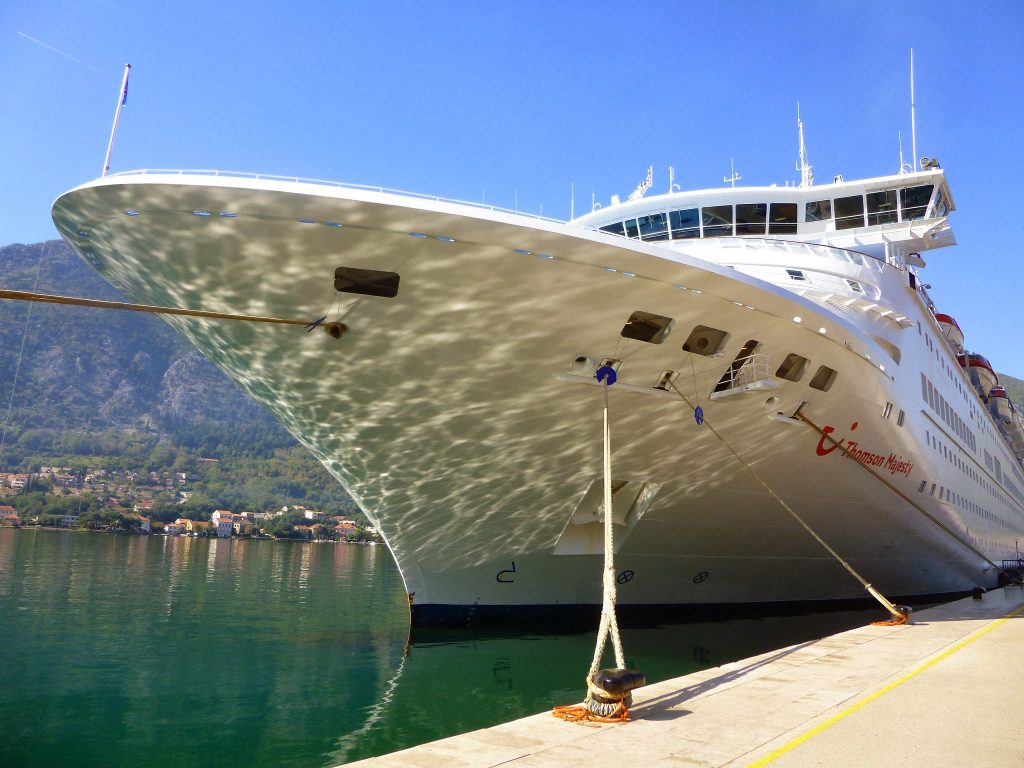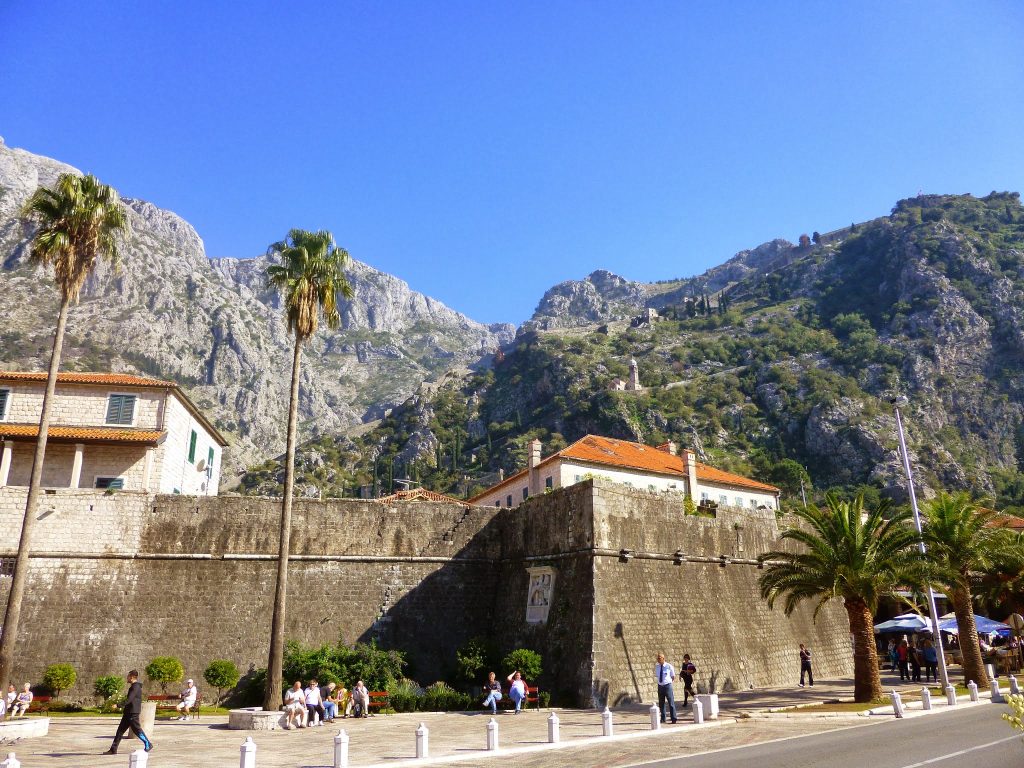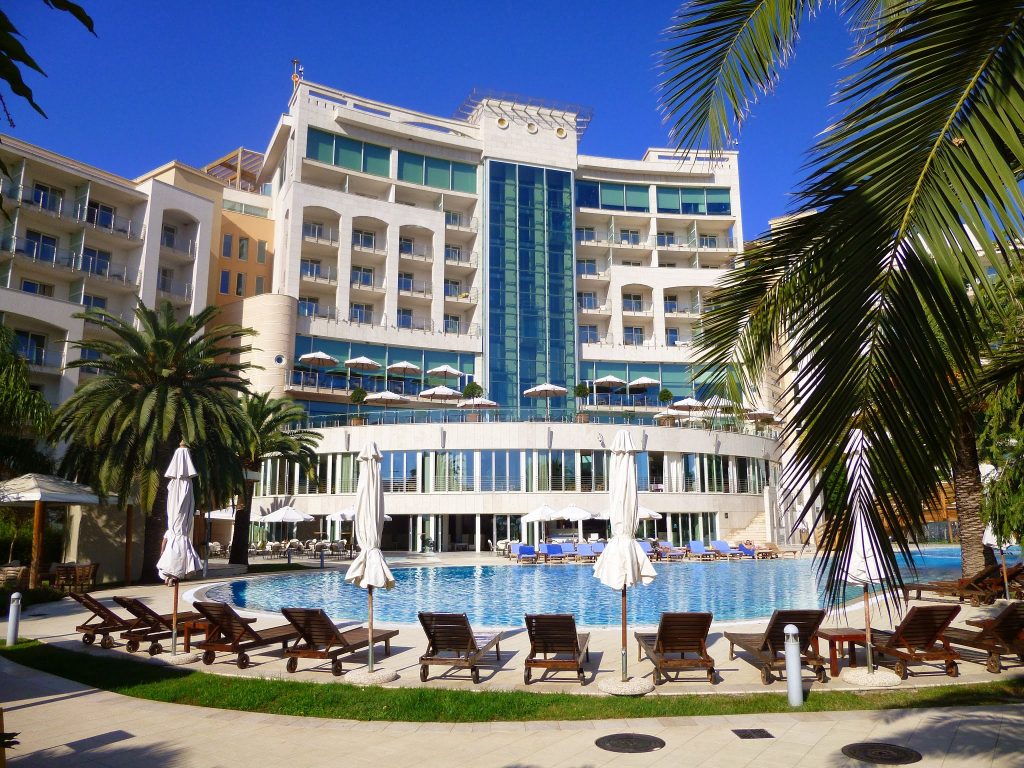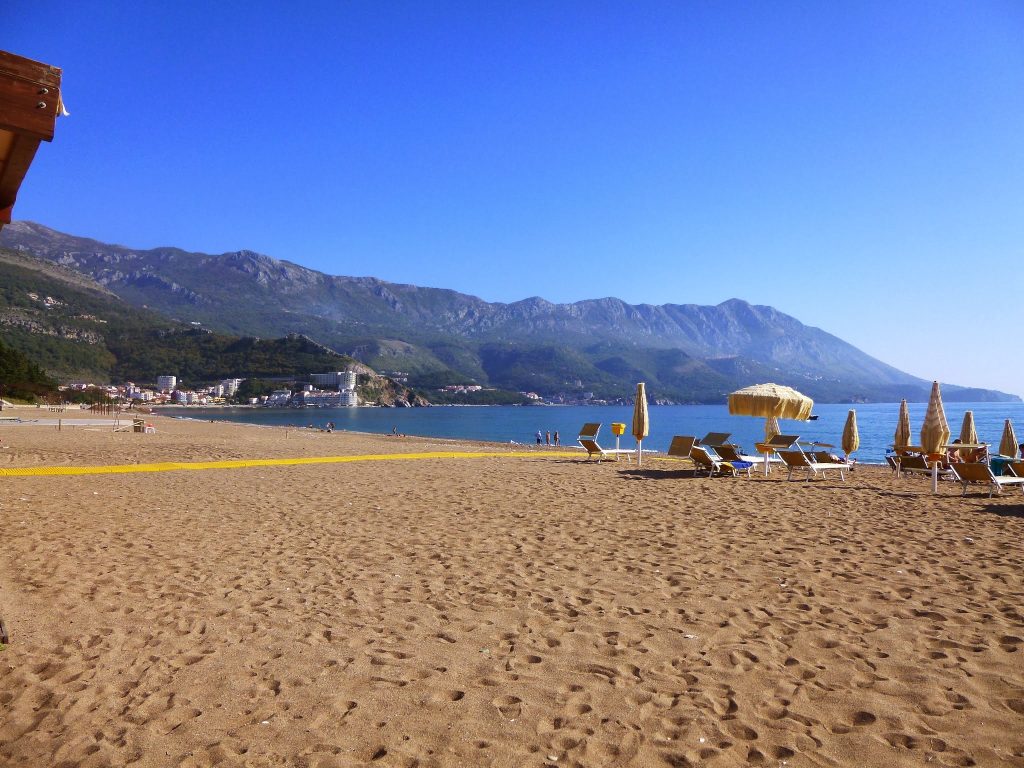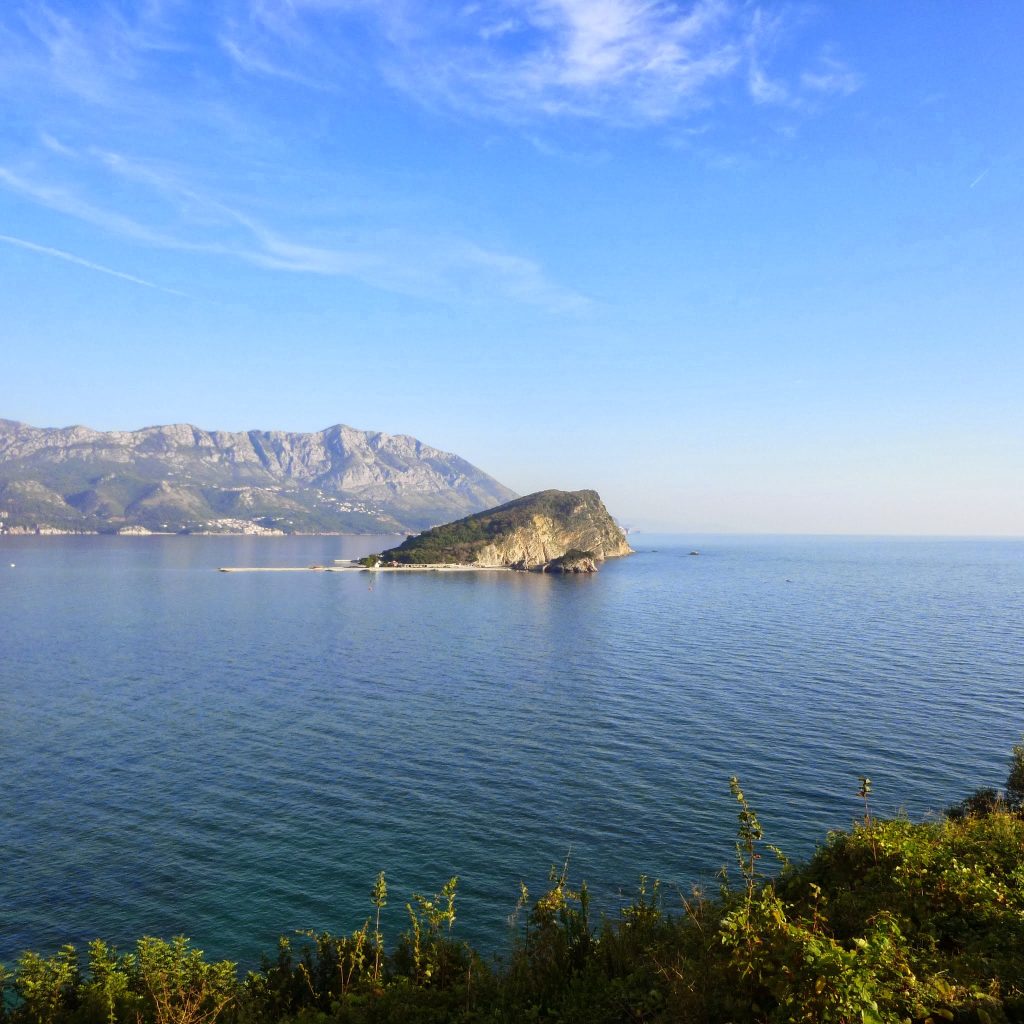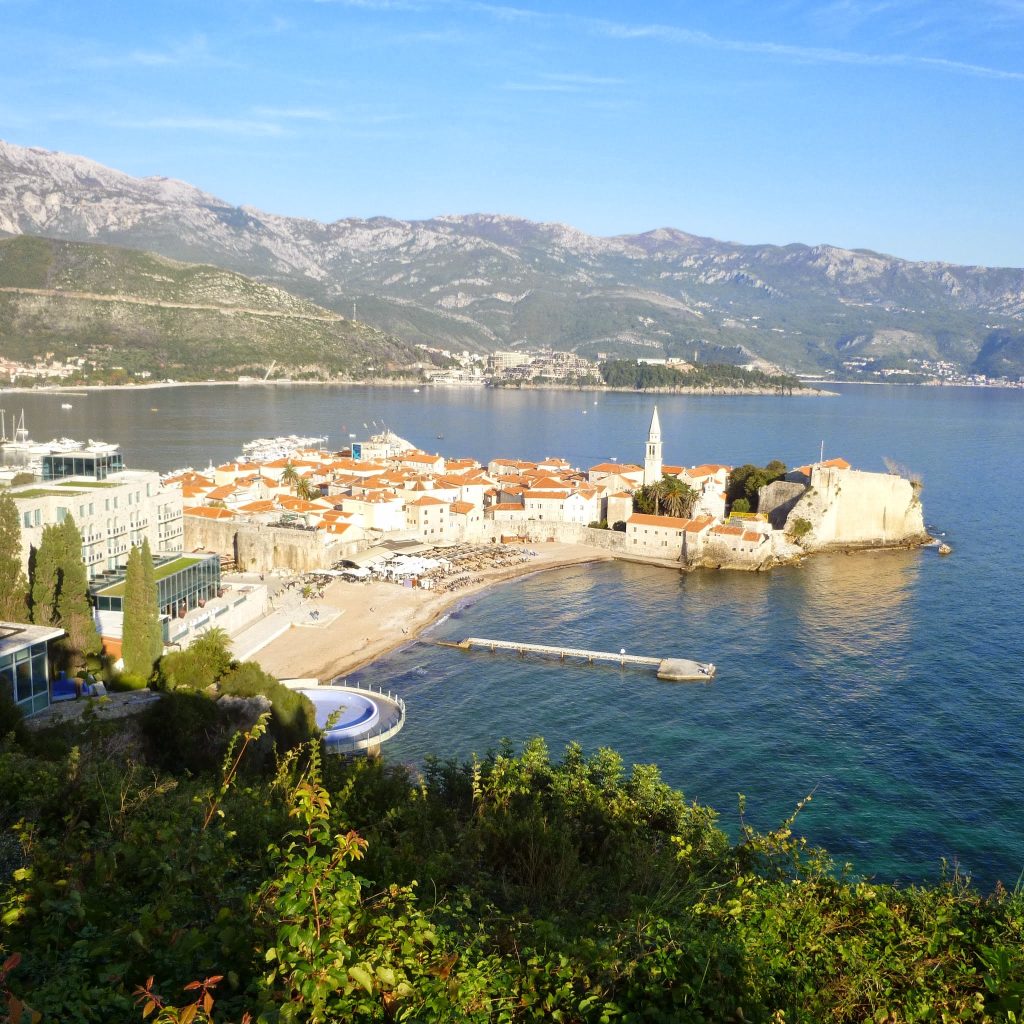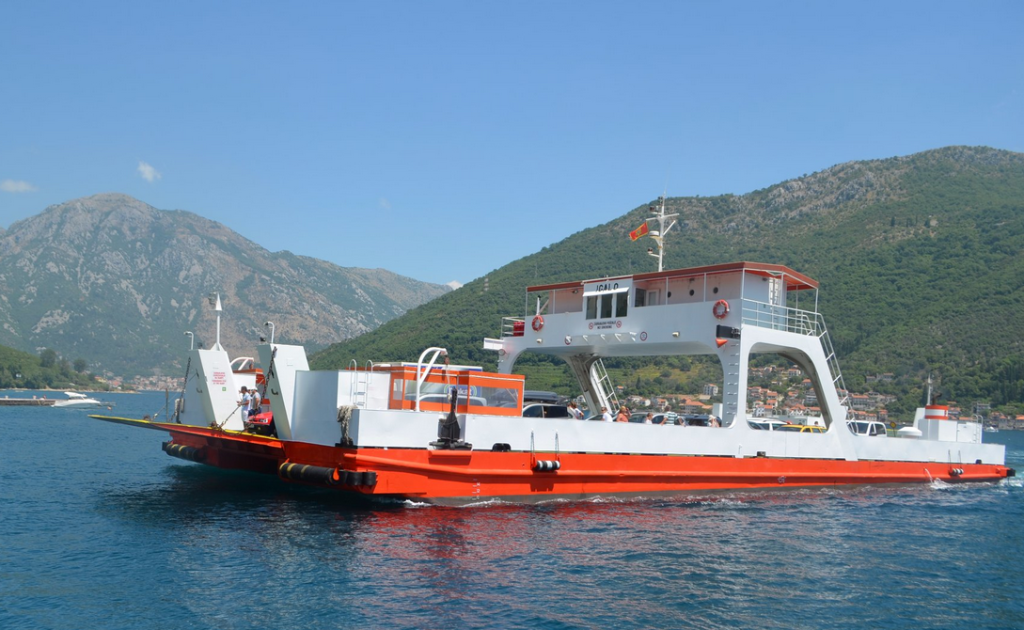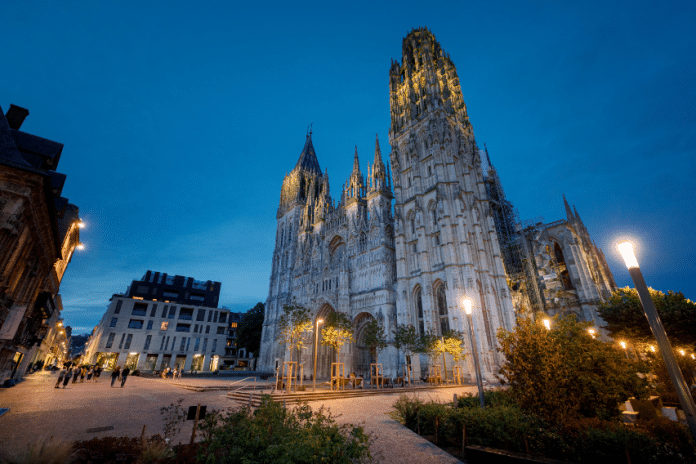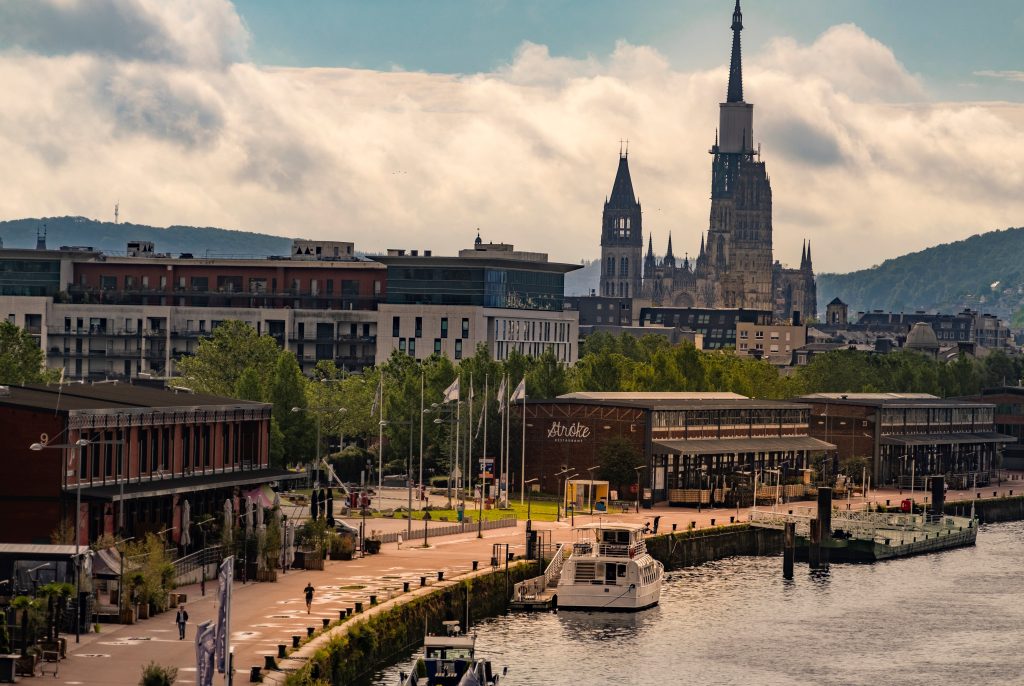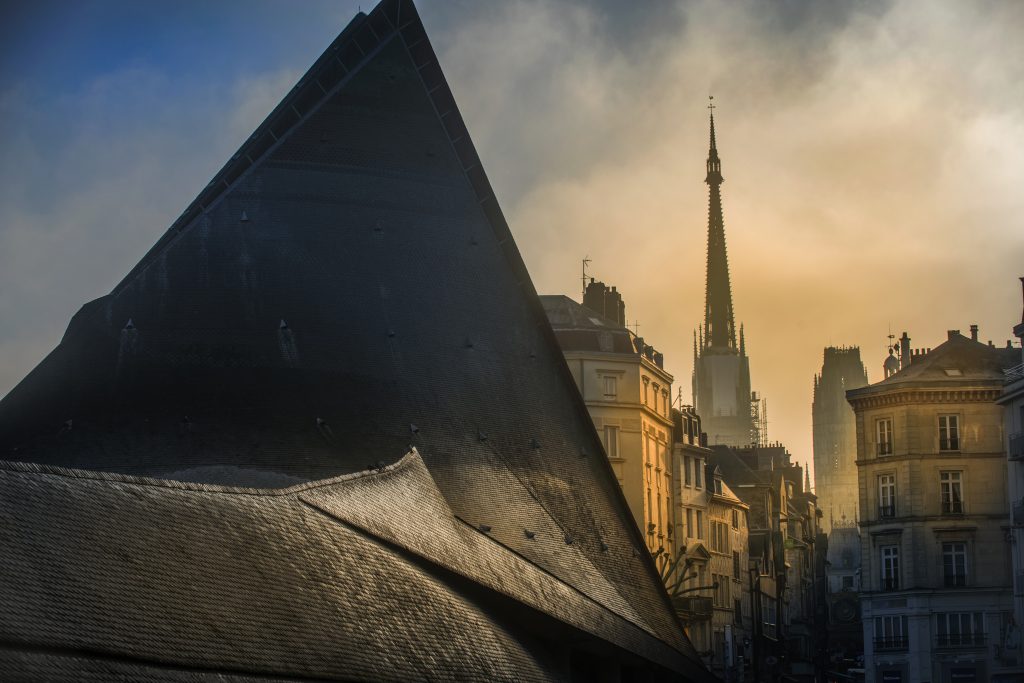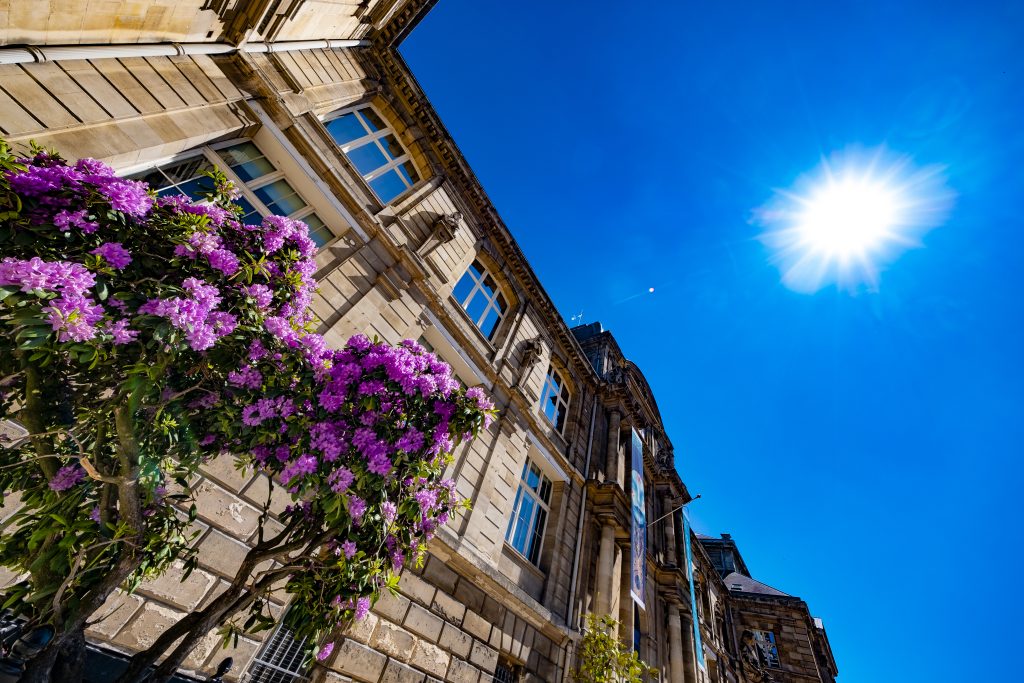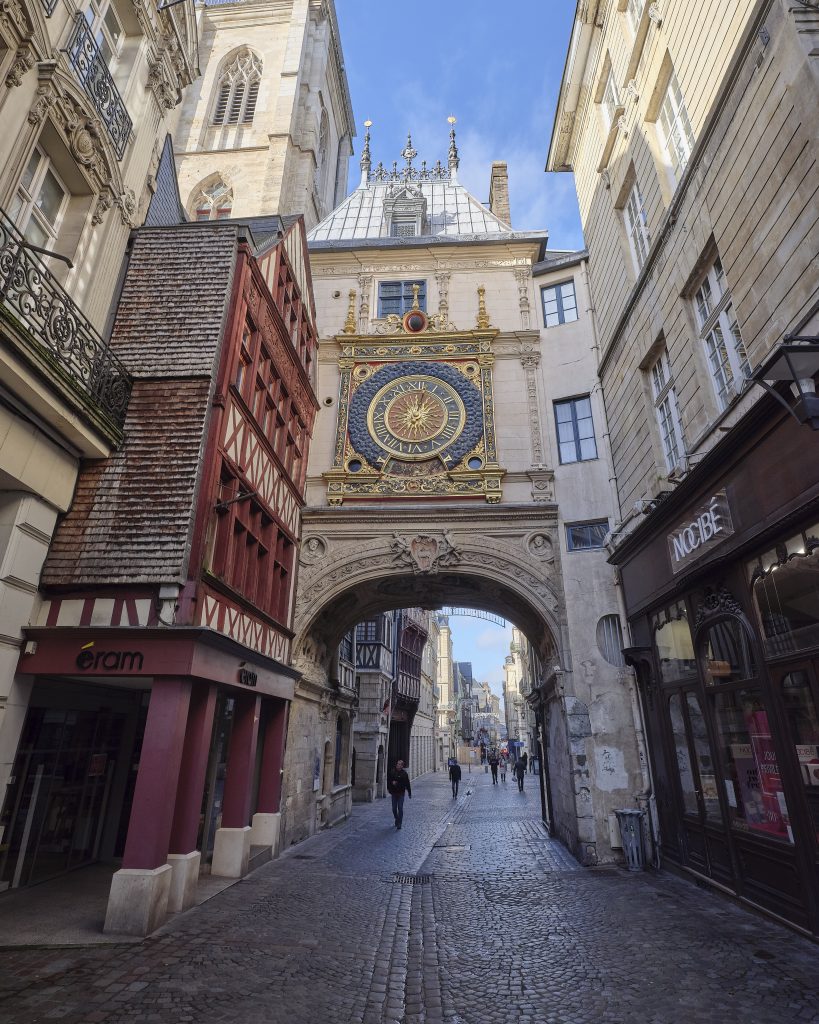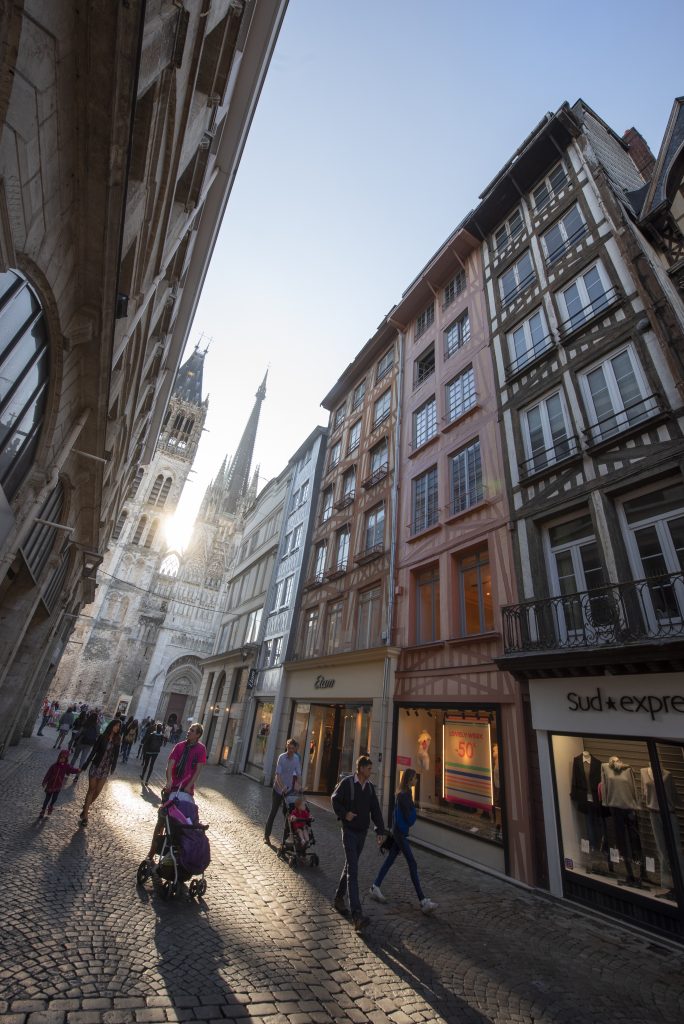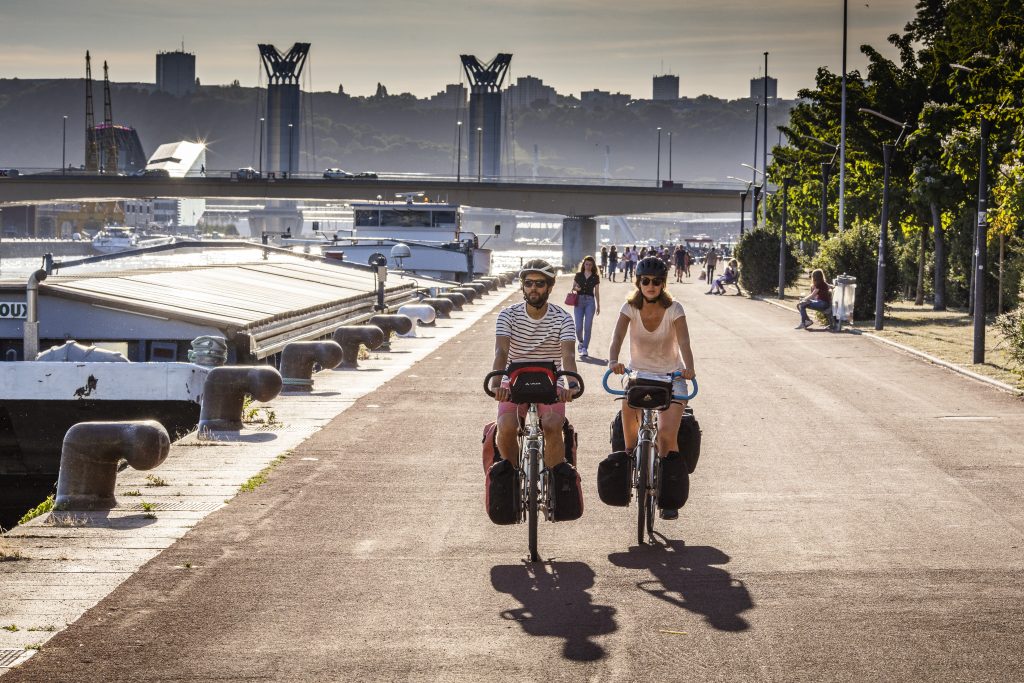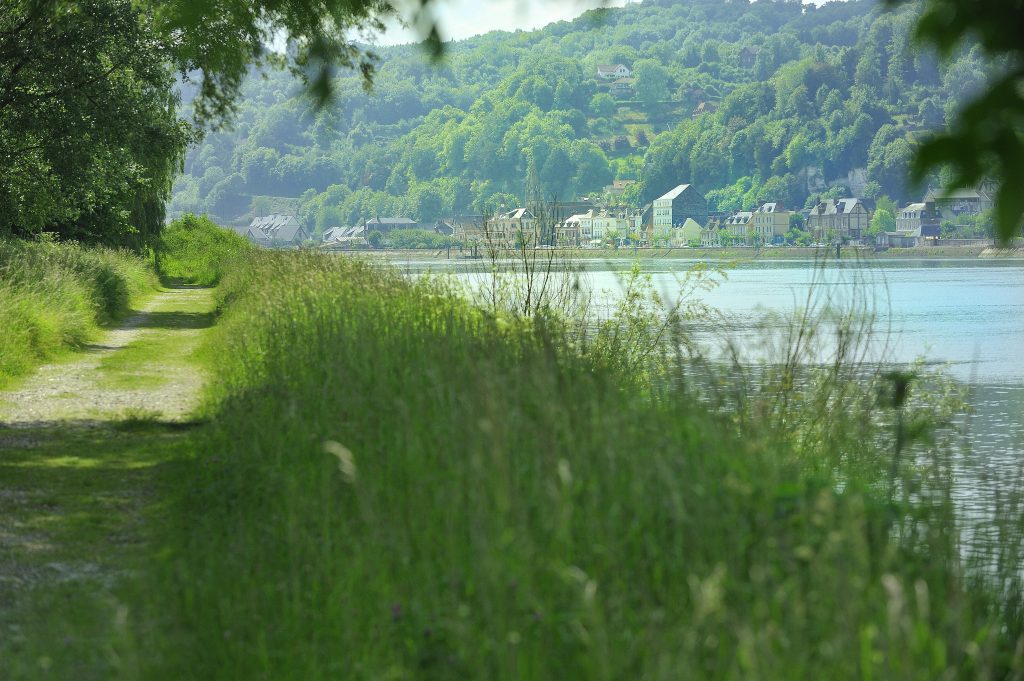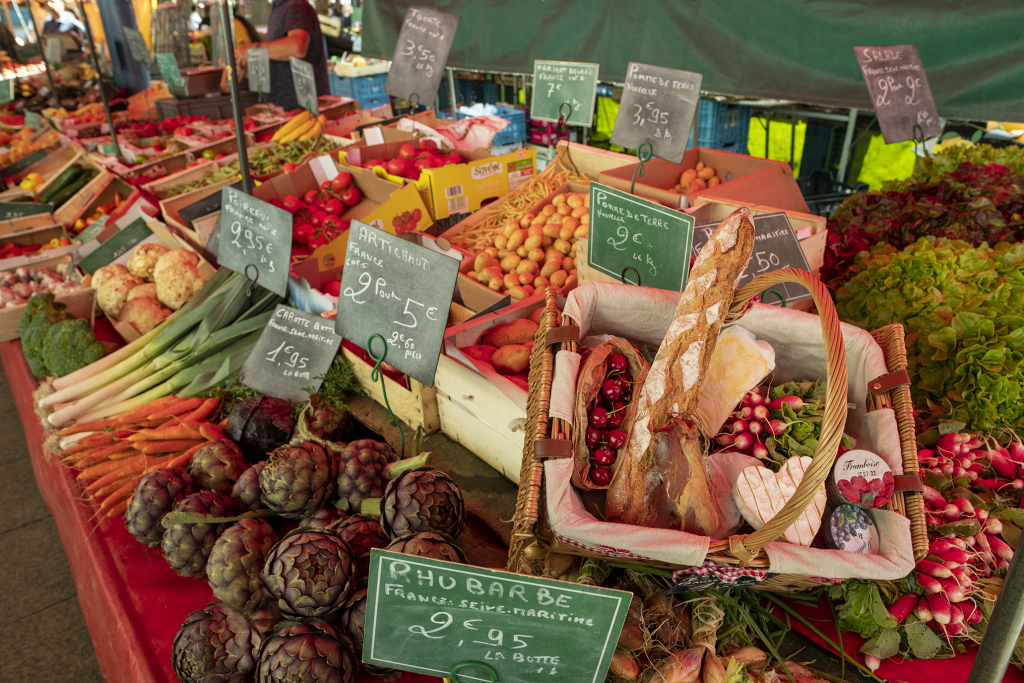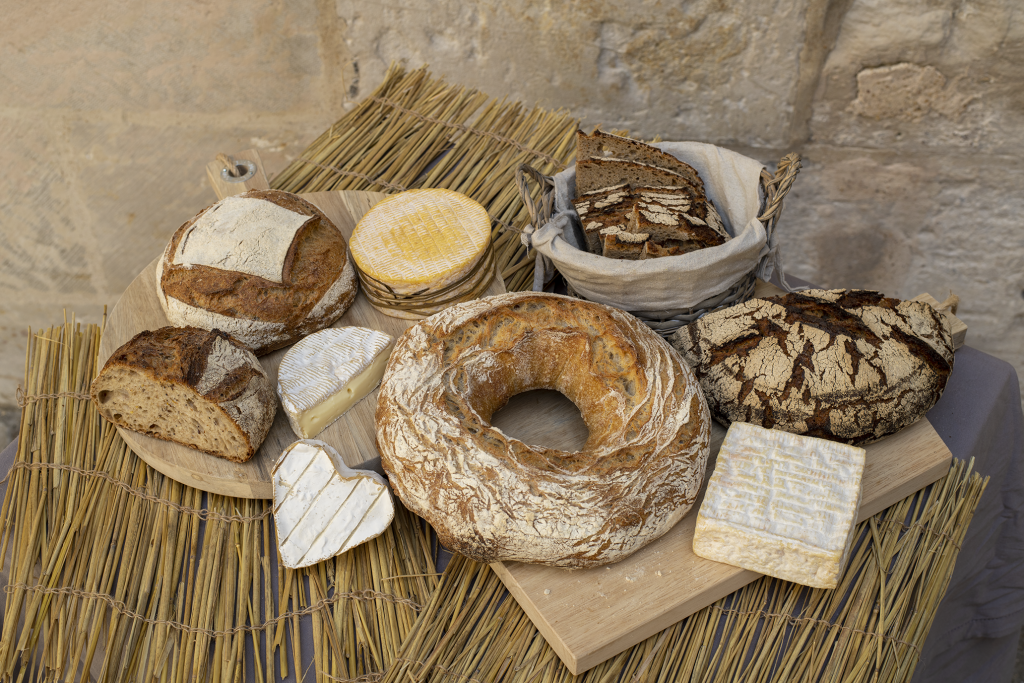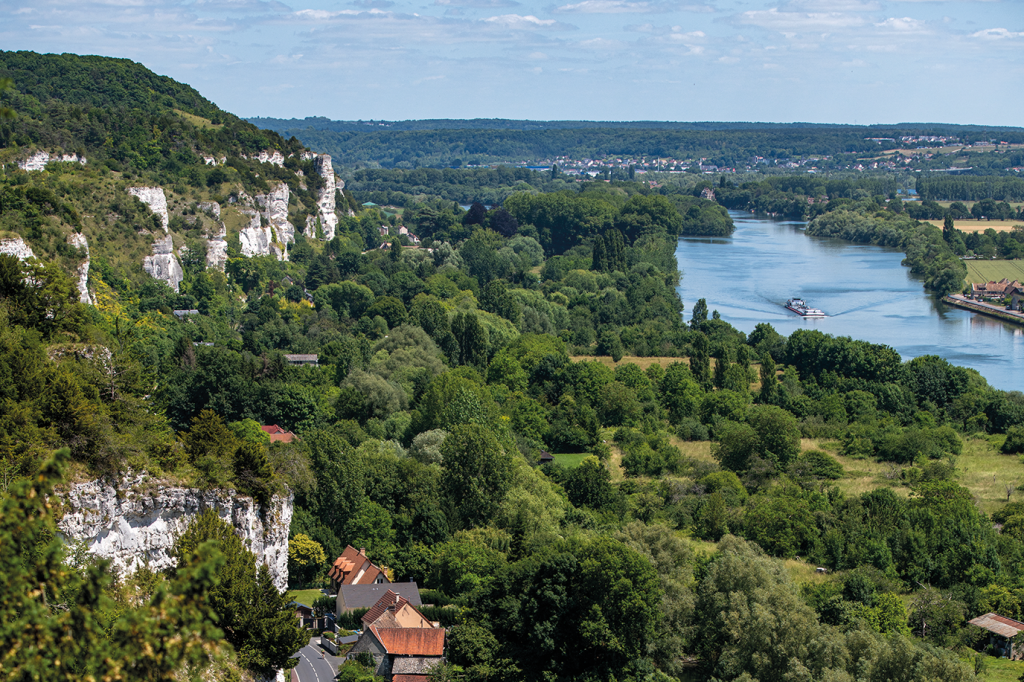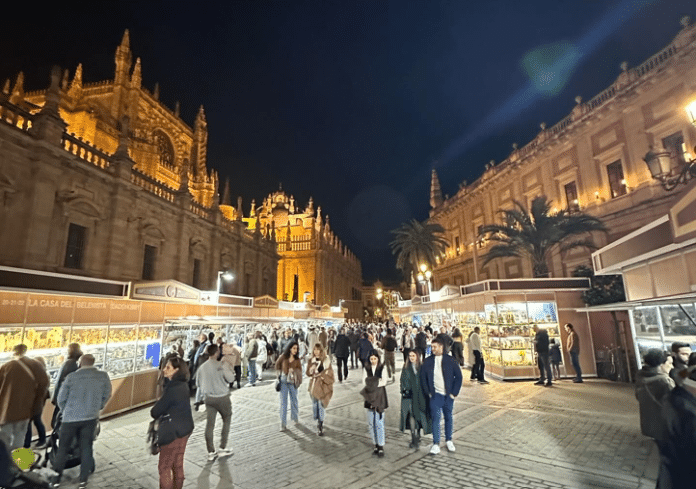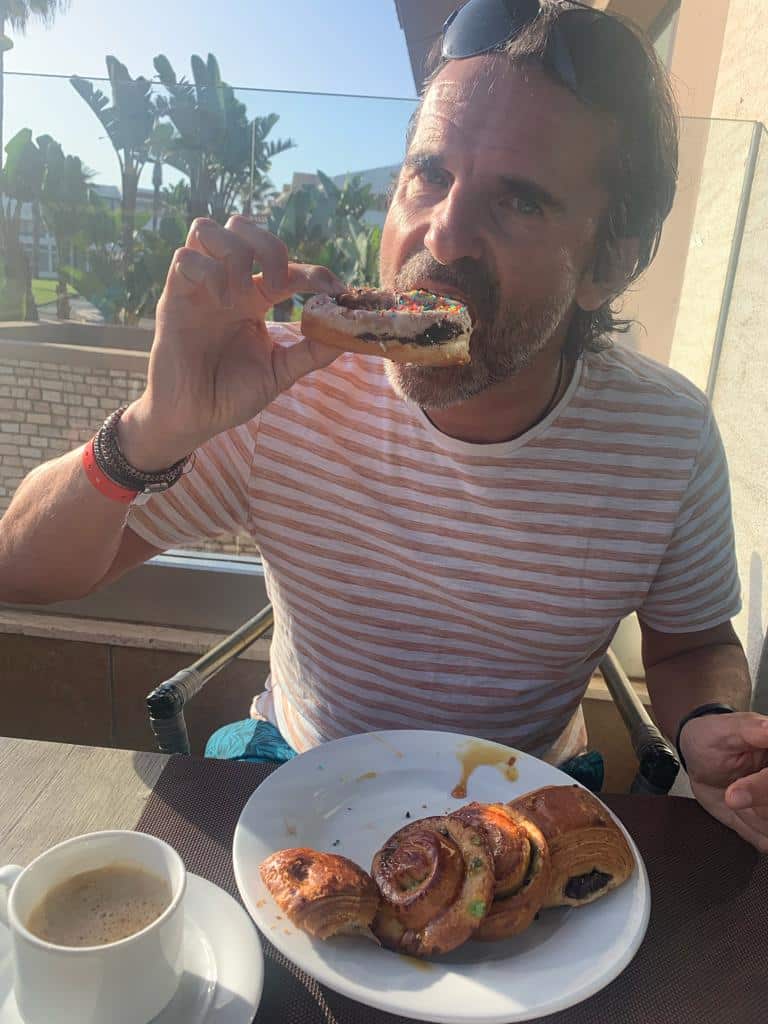Since the start of this century, Croatia has become a top choice for British holidaymakers seeking sun, sea, and fun. You will no doubt be familiar with popular spots like Dubrovnik, Split, and Hvar, which have dominated the headlines in recent years. But for those who know where to look, Croatia has even more to offer. If you promise to keep it quiet, I’ll share a little secret with you.
Nestled quietly between the crystal-clear waters of the Adriatic Sea and the rugged peaks of the Dinaric Alps, is the Kvarner Riviera, a 30-kilometre stretch of coast that is rich in natural beauty and one of the most enchanting and diverse regions in the country. What’s more, prices are up to 30% cheaper than in the rest of Croatia, so whether you’re in search of sunshine, fascinated by history, passionate about food, or eager for adventure, the Kvarner Riviera offers an unforgettable holiday experience without breaking the bank.
Earlier this year, I flew into Pula, in the neighbouring Istria region, and travelled just 90 minutes along the picturesque coast, before arriving at Opatija for the start of an adventure, to discover the very best of the Kvarner Riviera and its islands.

Opatija: The Queen of the Adriatic
Opatija, is in many people’s eyes, the standout resort of the Kvarner Riviera. The town’s elegant architecture, lush gardens, and seaside promenade evoke a sense of old-world glamour that has been impeccably preserved.
Croatia’s first tourist resort, Opatija is celebrating 180 years of tourism in 2024. The town’s story began in 1844 with the construction of Villa Angiolina, a grand mansion that still stands today. Now home to the Museum Turizma, this historic building offers a glimpse into Opatija’s rich past. The Austro-Hungarian nobility flocked to Opatija, building opulent villas and luxurious hotels. The town became a favourite winter resort, known for its mild climate and therapeutic sea air.
Walking through Opatija today, you’ll find beautifully preserved examples of Belle Époque architecture, such as the Hotel Kvarner, the oldest hotel on the Adriatic, and the stunning Villa Amalia.


The Heritage Hotel Imperial, Opatija
Opatija offers a wide range of accommodation options, from luxurious five-star hotels to budget-friendly self-catering stays. I was staying at the Heritage Hotel Imperial, perfectly located right in the heart of the city and across the road from the pretty Angiolina Park.
The hotel provides comfortable rooms, an excellent breakfast, and friendly welcoming staff. Its best feature is the lovely outside terrace, where you can enjoy a morning coffee and a pastry while watching the town come to life at the start of each day.


The Lungomare
The Lungomare, a 12-kilometre seaside promenade, is a must-see, or should I say, must-walk in Opatija. This scenic pedestrian walkway which is predominantly flat, stretches along the Kvarner Riviera, from Volosko to Lovran and provides breathtaking views of the Adriatic and the surrounding islands.
Along the Lungomare, you’ll encounter statues, fountains, and picturesque parks with the most iconic landmark, the “Maiden with the Seagull” statue, which has become the symbol of Opatija.


Kvarner Cruise
Another wonderful way to explore the area is by taking a relaxing boat trip along the coast, where you can enjoy the views of the Kvarner Riviera, including charming resorts like Mošćenička Draga, Lovran, Ika, Ičići, Opatija, and Volosko.
These excursions often feature a swim stop, local music, and a freshly prepared seafood lunch with wine or soft drinks on board. Just make sure you remember the suncream and a hat as sailings are often during the hottest time of the day.



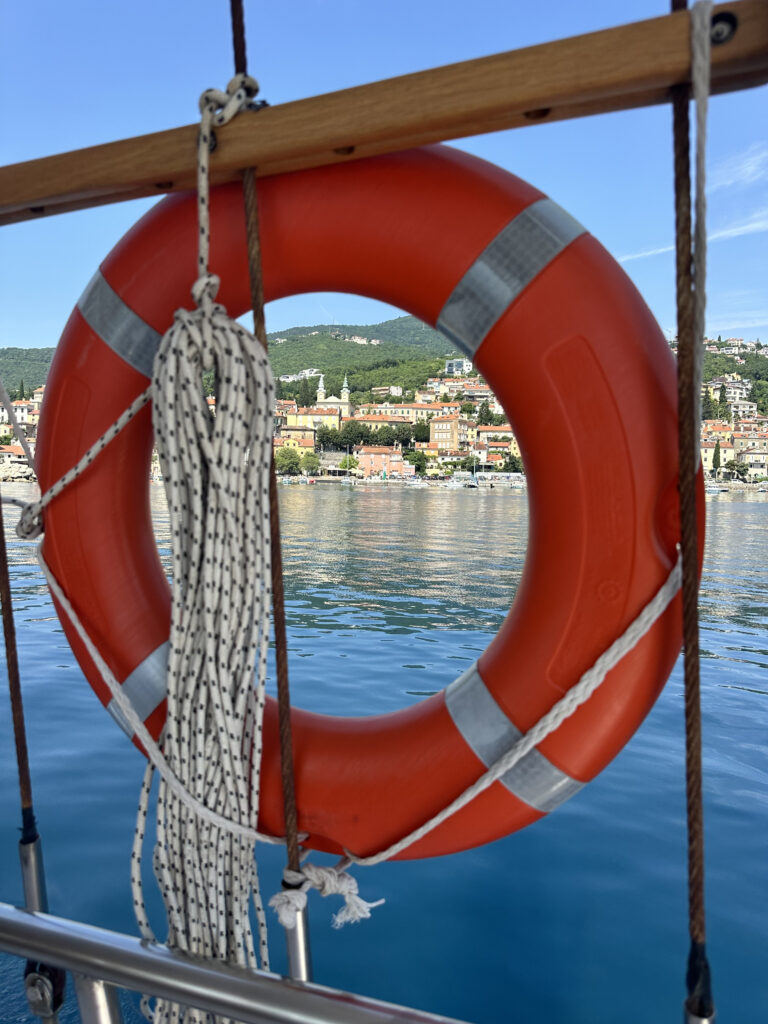
Art Terrarium, Golovik
You can of course, easily visit all these towns and villages by land. The local bus service runs along the coast, making them very accessible. If you venture further inland, then a self-drive car or a guide is recommended. One destination worth exploring is Golovik, where you can visit the Art Terrarium.
Here, the talented artist Zdenko Velčić has crafted an impressive collection of intricate wooden sculptures, inspired by the wildlife and plants he encountered as a child in the region. As he shared with me, much of this nature is sadly disappearing, so this work is his way to preserve these memories for future generations.
I thoroughly enjoyed touring his small workshop and witnessing the pride he takes in his beautifully crafted pieces, all made from local materials.


RetrOpatija Festival
Opatija’s cultural scene is vibrant, with a calendar filled with music festivals, art exhibitions, and theatrical performances. I was lucky enough to visit in late June during the RetrOpatija, a fabulous annual festival that brings the past to life with a celebration of music, dance, vintage style and street entertainment.
Everywhere I turned, hotels, restaurants, and bars were fully immersed in the spirit of the event, with staff dressed in period costumes and vintage cars rumbling along the seafront. I found myself enjoying the nostalgic tunes of the 1950s on the terrace of Hotel Kvarner, where my grandparents once danced cheek-to-cheek to the melodies of Ivo Robic. An hour later I was in the front row at the magnificent Open-Air Theatre alongside some 70’s disco divas, rocking out to some AC/DC classics.
I loved the diversity of this incredible event and in many ways, it encapsulated the spirit and beauty of this little corner of Croatia.




Rijeka: A Gateway to the Adriatic
Rijeka is the third-largest city in Croatia and the country’s main port. Having visited much of Croatia before, I honestly never thought Rijeka would float my boat, but after a tour with the most friendly and knowledgeable guide, I was soon a convert.


Discovering The City of Rijeka
Rijeka’s history dates to Roman times, but it flourished during the Austro-Hungarian period when it became one of the empire’s most important ports. In 2020, the city was named the European Capital of Culture. Sadly, however, with the world enduring the Covid pandemic, few could visit, meaning that many of the presentations and events were held online.
The city’s industrial heritage is evident in its architecture, with grandiose buildings lining the main street, Korzo. The Korzo is the heart of Rijeka, a pedestrianised boulevard filled with shops, cafes, and cultural landmarks. One of the most notable buildings is the City Tower, a baroque structure that has become a symbol of Rijeka.




Kruzna Street
The Trsat Castle, perched on a hill overlooking the city, offers panoramic views of the Kvarner Bay. This medieval fortress, dating back to the 13th century, is a must-visit for history enthusiasts. The castle also houses a museum and a gallery, and its courtyard is often used for concerts and events.
Another historical site worth exploring but for entirely different reasons is Kruzna Street which means circular in Croatian. Just off the Korzo, this was the centre of the music scene back in the late sixties, and was home to the first student club, in what was then a socialist country. Today Klub Palach remains the oldest rock club in the city, whilst the street is adorned in urban-style graffiti that tells the story of those rebellious days of yesteryear.


Central Market, Rijeka
As with Opatija, the city boasts several festivals and events throughout the year. The Rijeka Carnival, one of the largest and most famous in Europe, transforms the city into a colourful spectacle of parades, costumes, and street performances.
For a taste of local life, I would recommend visiting the Central Market. In 2007, Michael Palin visited, for his hit BBC TV series “New Europe”. It was here that he described one of the ornate market pavilions as a “Cathedral of Fish”.
As I made my way through this impressive building, I witnessed for myself, the incredible variety of seafood that is caught off the coast including the region’s most popular dish, Kvarner Scampi.
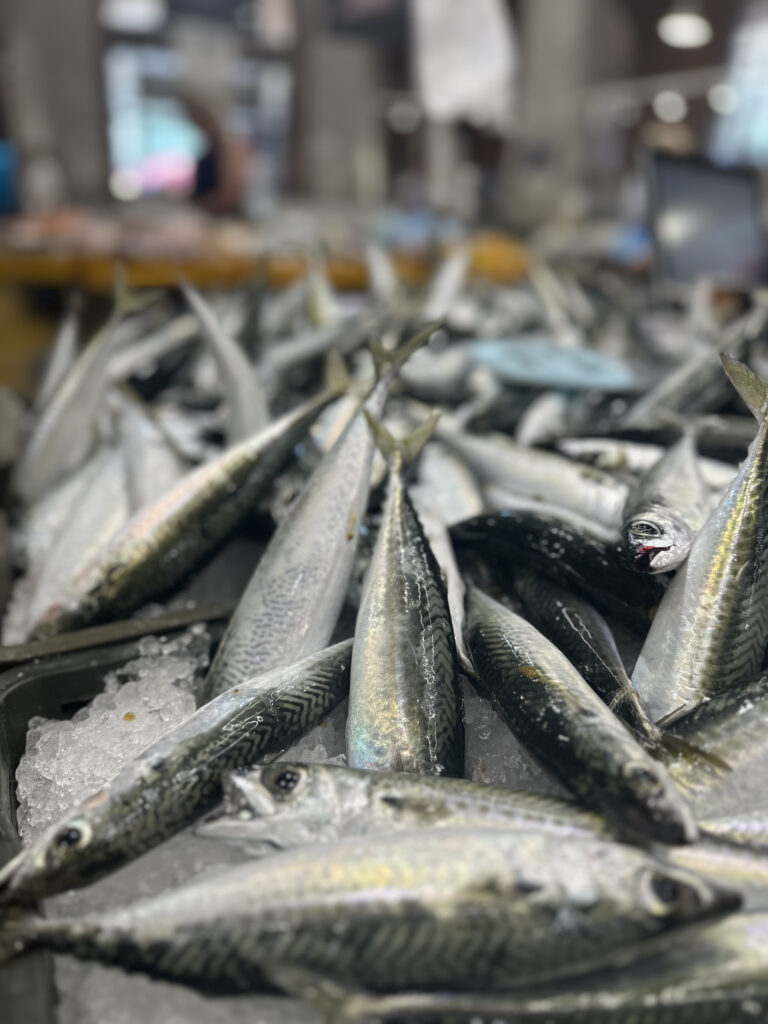


Bistro Mornar, Rijeka
Just outside, the fruit and vegetable market bursts with colour and lively chatter, but I’d recommend not overindulging in the free samples of local cheese and cured meats as it may just spoil your appetite.
Lunch is a beloved tradition in the city, with numerous authentic restaurants to choose from, like the very popular Bistro Mornar, where all the food is freshly prepared, homemade, and delicious.


The Kvarner Islands Unveiled:
No matter where I travel, I’m always drawn to islands, and unlike the neighbouring region of Istria, Kvarner boasts seven inhabited islands all of which offer a special allure.
Access to them is both easy and great value. You can cross from the mainland to Krk, the largest Kvarner island, by a 1.5-kilometre-long bridge or you can use the excellent Jadrolinija ferry network to visit other islands such as Rab, Cres, and Losinj. Many other uninhabited islands can be discovered by sailboat or private means.



The Island of Krk: Natural Beauty and Rich Heritage
The island of Krk boasts a rich history that dates to the Roman era, with numerous archaeological sites and medieval churches scattered across the island. Perfect for both nature enthusiasts and history buffs, Krk offers a varied landscape featuring beaches, vineyards, olive groves, and picturesque towns like Krk Town, Baška, Vrbnik, Malinska, and Njivice.

Hotel Maritime, Krk Town
I was staying in Krk Town at the 4* Hotel Maritime which is ideally located on the harbourfront, and just a delightful 5-minute walk to both the centre of town, the harbour, and a choice of little bays.
On arrival, I headed straight to dinner in the gorgeous restaurant overlooking the harbour and town in the distance. The food and cocktails were outstanding. I could easily have spent the week in this beautiful hotel. In the morning, after a superb breakfast, I discovered the small rooftop pool where you can relax and take a dip with yet more incredible views.


Krk Town
The town of Krk, the island’s main settlement, is a walled city with a history spanning over two millennia. Its walls, which nearly encircle the town, are the third largest in Croatia, after those of Ston and Dubrovnik. One of the island’s most notable historical landmarks is the Frankopan Castle, a 12th-century fortress overlooking the town. Nearby, the Krk Cathedral, dedicated to the Assumption of the Blessed Virgin Mary, is renowned for its Romanesque architecture and elaborate interior, making it a must-visit site.
Be sure to visit in the early evening when the charming narrow streets come alive with people leisurely strolling and soaking in the relaxed ambience. You’ll also find a variety of shops, boutiques, cafes, bars, and restaurants to explore. One such haunt is the spectacular “Volsonis” Cocktail Bar and Secret Garden which is set amongst ancient Roman Ruins.
The al fresco restaurants that line the front overlooking the harbour, all serve freshly caught fish and perhaps one of the island’s culinary specialities “šurlice,” a type of pasta that is traditionally handmade and served with various sauces, including those made with the island’s famous lamb.



Vrbnik
The ancient town of Vrbnik, perched on a cliff overlooking the sea is famous for its narrow streets, particularly the Klančić street, which is reputed to be the narrowest in the world.
Vrbnik is also the centre of wine production on the island, known for its Žlahtina white wine and also Sea Champagne which is fermented on the Adriatic Sea bed!
There is no place better to sample these delights than at the gorgeous Restaurant Nada which features an inside restaurant that oozes local history, whilst the outside terrace provides glorious views across the Kvarner Riviera. If you are lucky, you may even get to meet Nada herself, the owner who despite her advancing years has her team delivering the most attentive and high level of service.




Baška
The town of Baška, which is located on the southern tip of Krk, is popular for the “Vela Plaza” one of the best beaches on the island. In the high season, it draws families and younger people, whilst in the spring and summer months it attracts those seeking a peaceful stay.
Baška is renowned for the Baška tablet, a significant Croatian Glagolitic artefact from around 1100. This limestone tablet is notable for being the first known instance of the term “Hrvatski,” meaning “Croatian.” Today, the term for Croatia is “Hrvatska.”


Njivice
Once a small fishing village, Njivice has evolved into a popular tourist destination. Today, it offers a range of accommodation options, including the Veya Hotel by Aminess, private rentals, and nearby camping sites.
The resort features a vibrant promenade, beautiful beaches, bars, restaurants, and a selection of shops offering local products and souvenirs. One charming tradition on Krk Island is the annual competition to create the year’s official souvenir. Local artists and craftsmen compete for this prestigious title, and on judging day, one souvenir is honoured with the title “A Gift From Krk” for the year.


The Island of Rab: A Tranquil Escape
Rab, often referred to as the “Happy Island,” is a haven of tranquillity and natural beauty. With its sandy beaches, lush forests, and charming medieval town, Rab offers a perfect escape from the hustle and bustle of modern life.
I had taken a 90-minute “Jadrolinija” car ferry from Krk Island into the town of Lopar on the northwest corner of the island of Rab. This journey cost me as a foot passenger, just 6 euros. Lopar is known for the sandy Paradise Beach which is ideal for families, thanks to its shallow waters and soft sand.

Hotel Valamar Collection Imperial
A 20-minute transfer from Lopar to Rab town and I was at my home for a couple of nights, at the 4-star Hotel Valamar Collection Imperial.
Perfectly positioned on the edge of the Town of Rab, the island’s main settlement and just a 5-minute walk to the centre of town.
The hotel is modern and comfortable with a lovely swimming pool and adjacent inside/outside bar which in the evening plays host to either a small band or a local DJ. The choice of restaurants is another important feature here with the delightful a la carte terrace serving up a choice of delicious meals in sumptuous natural surroundings!


Rab Town
This beautifully preserved medieval town is dominated by four bell towers, which give Rab its distinctive skyline. The Church of St. Mary the Great, a Romanesque Basilica dating back to the 12th century, is one of the most significant landmarks on the island. The church’s bell tower offers panoramic views of the town and the surrounding area.
Be sure to wander the streets both at dawn and at sunset to fully appreciate the beauty of Rab town. There are three main streets – Lower Street for restaurants and traditional bars, Middle Street for the retail shops, and Upper Street for the bell tower, history and the best views.




Rab Town Beaches & Parks
Shopping in Rab is a delightful experience, with a variety of boutiques, shops, and souvenir stalls to explore. One of the island’s specialities is wood art, particularly hand-crafted items made from olive trees, which are naturally and legally harvested. Shops like “Olea” offer beautiful pieces that make for unique souvenirs. For a delicious treat, be sure to try the “Torta” or Rab Cake, a tasty pastry originally made by local nuns and now sold in many stores across the island.
From the upper street, head into Komrčar Park, a peaceful green space that is ideal for a stroll. The park is home to a variety of Mediterranean plants and trees, as well as several walking paths that offer stunning views of the sea and neighbouring islands. Descending to the seafront you will find a popular stretch for swimming and sunbathing. Be sure to stop by at the super cool and trendy, Banova Villa Beach Bar, for not only great cocktails but also healthy lunches and snacks throughout the day.

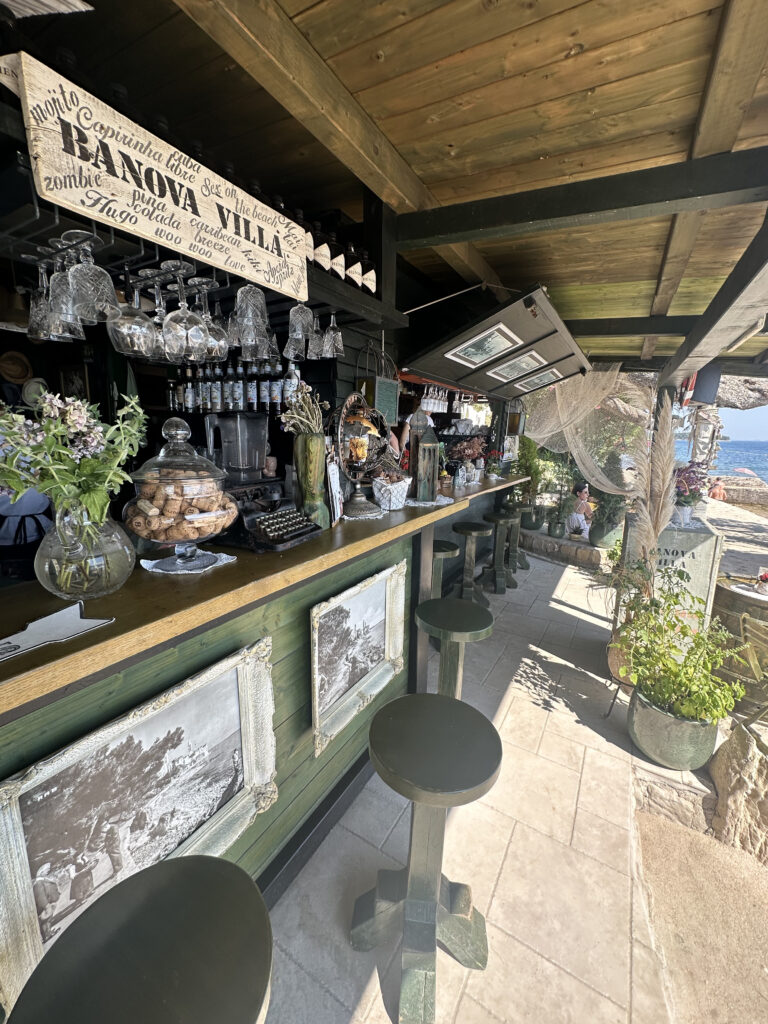
Kamenjak
Rab offers a range of outdoor activities, from hiking and cycling to water sports and boat trips. The island’s diverse landscape, with its forests, beaches, and hills, provides plenty of opportunities for exploration.
One of the popular areas to hike and cycle is near Kamenjak. If, after all that exercise, you are looking for a great stop for lunch with some of the best views of the island, then the restaurant of the same name is well worth a visit, as an added incentive, it’s all downhill from there to Rab Town!

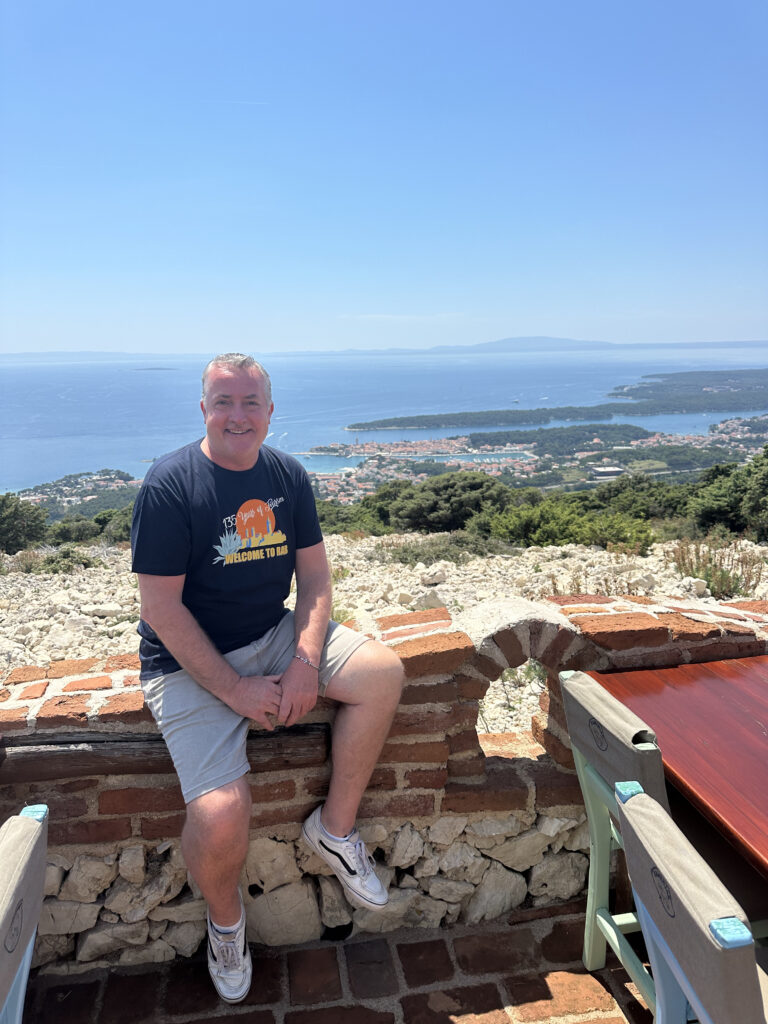
Best Of The Rest
For this visit to the Kvarner Riviera, I only touched the surface of what this gorgeous region of Croatia can offer. There are many more towns and villages to explore, including Crikvenice and Novi Vinodolski. There is the Gorski Kotar National Park, and the Učka Nature Park, both home to diverse flora and fauna, making it perfect for hikers, nature lovers and bird watchers. The islands of Cres, and Losinj provide yet more opportunities for island hopping and adventure.
Farewell Croatia – Till Next Time
The Kvarner Riviera is Croatia without commercialism and crowds. There are no cruise lines with passengers numbering that of a small town descending for an afternoon. Kvarner is unspoiled nature, crystal-clear seas, fresh and delicious cuisine, and warm, welcoming people who cherish friendships and embrace a healthy way of life.
The Kvarner Riviera is a Croatian secret which has yet to be fully discovered by us Brits. Maybe that’s a good thing, but remember our deal, it’s between you and me, right?
Contact Information
There are direct flights to Pula International Airport from Gatwick, Manchester and Stansted with a choice of airlines including British Airways, Easyjet and Jet2, while Ryanair operates services to Rijeka from Stansted Airport.
For more information on the Kvarner Riviera visit the Kvarner County Tourism Office.



